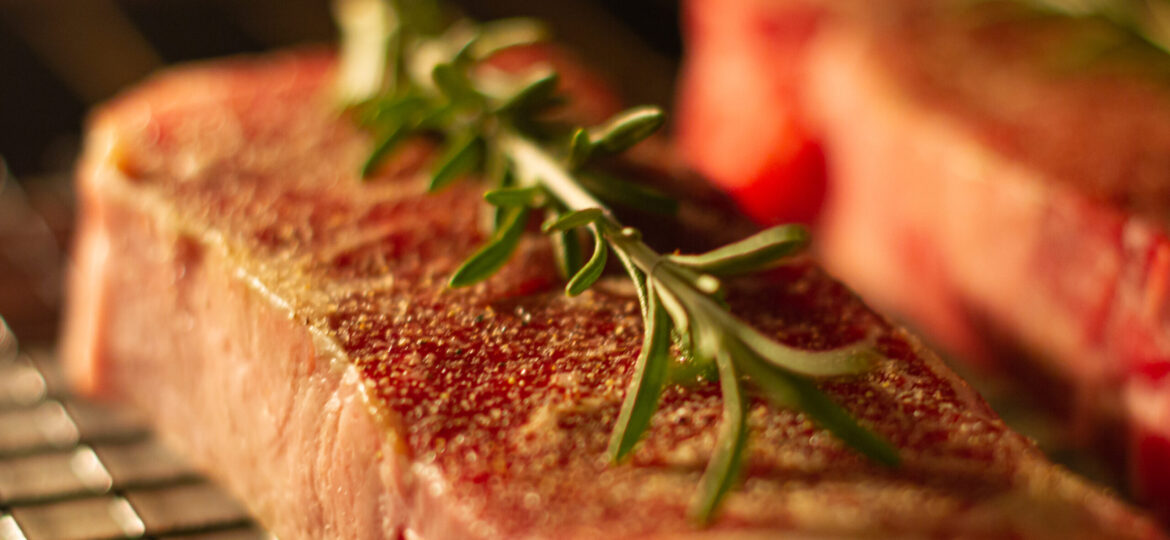
Meats and produce in the United States are regulated by the US Department of Agriculture, also known as the USDA. When it comes to buying meat, many of us have heard the expression “Prime beef.†But did you know it’s part of a bigger rating system, one that involves appearance, origin, and content?
Prime
Here we can explore a little what this word actually means. Prime meat comes from young cattle that are fed very generously. This feeding shows up in the meat when it comes to fat content. Prime meat must have “slightly abundant†to “moderately abundant†marbling. This is judged based on the comparison of the meat with images on file. Recommended cooking for this cut is roasting, grilling, or broiling. Usually, you would come across Prime beef in a fancy restaurant or steakhouse.
Choice
Choice beef is still high-quality meat, it just has less of the marbled fat content than Prime meats do. When it comes to ribs and “good†cuts like the filet mignon, you can still grill or broil them with great results. The places where you will see the differences in tenderness are cuts like a London broil or a top round. With Choice meat, stewing, or slow cooking these less-tender cuts will be your best bet.
Select
Here you will find even less marbling than Choice beef. This means that Select is the least tender of the bunch. It is not to say, however, that any Select meat will not be tasty if properly prepared. It will be less juicy and have less flavor than the two levels above it, but it can still be managed on the grill or stovetop. This is where longer marinating times and methods like searing or braising come in handy.
Tender
There is a separate system of labeling for tenderness. Beef can be marked as Tender or Very Tender based on its performance in a “slice shear force test.†This is mostly for marketing purposes and shows up on meats that you will find at the store.
Standard or Utility
If you are on the lookout for these USDA labels (and you should be if you are going to be grilling), you will sometimes notice that you can’t find them. Below Select cuts, there are Standard, or Utility, meats that can be sold in supermarkets. These are referred to as “ungraded†meats because they have not been designated as Prime, Choice, or Select. These meats are safe, but they have very little fat content. This means stewing or slow-cooking them will be your best choice.
Utility, Cutter, and Canner
Last on the list, you will find these grades of meat. But you likely will not see them marked as such in your local market. These cuts are used in ungraded ground meat, canned preparations, and things like dog food. If the thought disturbs you, you can still find ground meat made from Select cuts or higher. You just have to look out for the USDA label, and now you know what it means.

